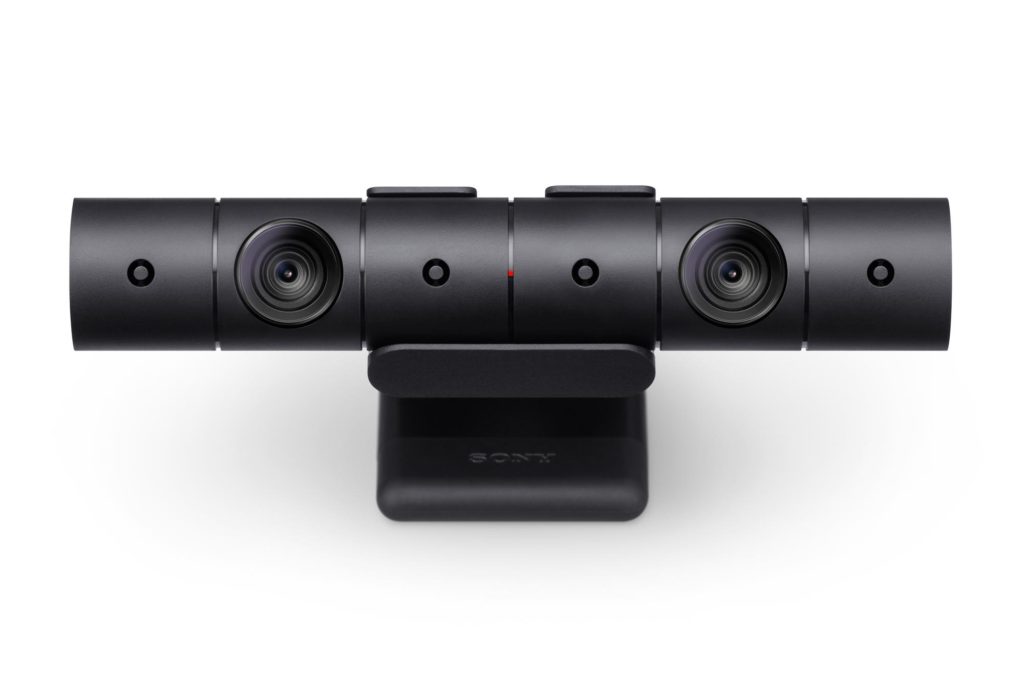Editor’s Note: Did I take a few weeks off? (I’ll upload testimonial photos to my Flickr gallery shortly). For now, I leave you with an article from the archives about some “tricks” with which camera manufacturers are trying to trick the little buyer.
When buying a camera, many wonder what features or features to consider when comparing a camera, people get lost in complex camera terminology, and what they’re looking for is a camera that helps them take good photos and is affordable. Point.
- However.
- Each camera brings features/functions that.
- In my humble opinion.
- DO NOT (I know this phrase will cause jahaja controversy) and all they get is that we pay A MORE CHER PRICE for unnecessary functions.
You want to know what they are?
Many megapixels do not necessarily mean better quality, megapixels are used to keep the photo in good quality even if you need to print in large format, so it is true that the larger the size in which we will print the photo, the more megapixels we will need. Okay, but the truth is that most digital cameras today have more than enough megapixels for the use and printing that a particular person might need. 8 megapixels is more than enough, 10 megapixels do the work to save money. Why do I want a 28 megapixel camera? Will I print the photo on a giant poster that I will hang on huge billboards? If that were the case, yes, it would be convenient to have a lot of megapixels, if not 8 megapixels, 10 or 12 are more than enough.
So megapixels are nothing more than nonsense that manufacturers use to make us pay more, as long as you have an 8-megapixel camera in your hand will suffice, if the camera brings more megapixels but for the same price, so much the better, but never pay a higher price just for having more pixels.
This is another hoax from camera manufacturers. This time, the deception is worse. These are interpolated megapixels, which means that the camera has “real” megapixels, for example 10, but on top of that, the camera is able to “force” those 10 megapixels to appear more. It’s other nonsense because what really matters when it comes to megapixels, is the number of REAL megapixels of the camera, and as we saw in the previous point, it’s not even as relevant from a point in time, but forced or “interpolated” megapixels yes, DOES NOT USE, because there the camera only expands the photo by “imagining” more megapixels, sacrificing the quality of the photo.
In photography, the only zoom that counts is the optics, the actual zoom. Apart from optical zoom, there is what is called digital zoom, which is useless. At most, digital zoom only enlarges the image, which causes it to be lost. sharpness and quality, for this it is best to take the photo and then enlarge it on the computer, those who will buy a SLR camera will never have this problem because in SLRs the only zoom that exists is that of the lens and is totally optical.
In principle, the ISO of a camera allows you to take pictures in low light conditions (for example, a sunset or a corner with very little light). In such cases, it is recommended to increase the ISO value of the camera and it would normally look, as if by magic, how the photo comes out brighter.
When we have enough light we usually leave ISO at a low value (such as 100 for example) or automatic. When we see that there is less light, we increase it to a slightly higher value, for example 200. If the conditions are very dark, we may need to increase it a little more, 400 for example.
The problem arises because the higher the ISO, the more noise appears in the photo. That’s a lot. Nowadays no camera has managed to offer high ISO values without these being accompanied by a noise that completely spoils the photo, so it happens as with megapixels: we have to have a minimum ISO in the camera, but it is not essential to get very high ISO values, mainly because we will never use them, shooting at extremely high ISO values will make our photo full. On the other hand, we have a flash in the camera for a reason, it will always be in charge of informing our executives and making sure that we almost never need to use ISO, another solution is to photograph at a slower shutter speed, to open the diaphragm Anyway, there is no shortage of solutions to capture the light, but do not be fooled by the ISO scam (unless they show you photos-tests with extremely high ISO without any noise).
You don’t have to be obsessed with camera performance, a good photo is not taken by the camera, you take it, if you liked this article, share it with your friends, maybe it suits someone who is about to buy a camera ?

